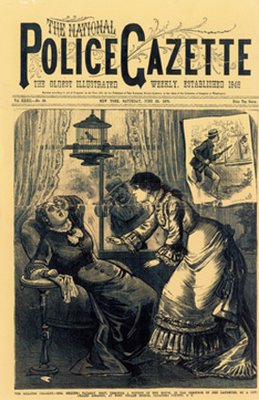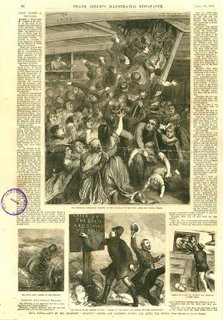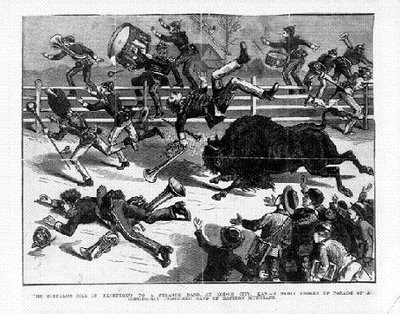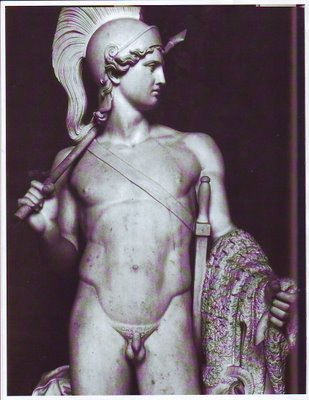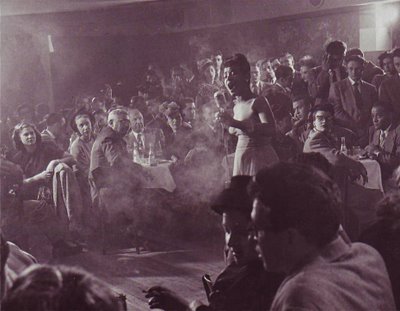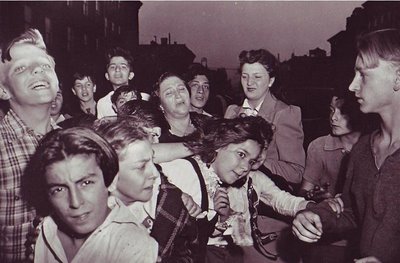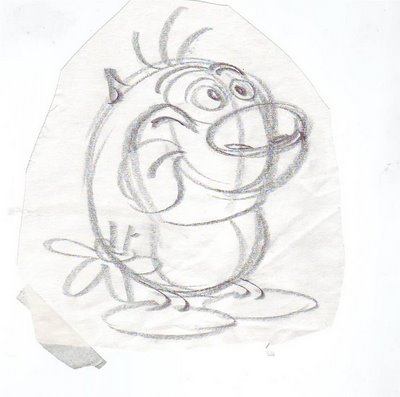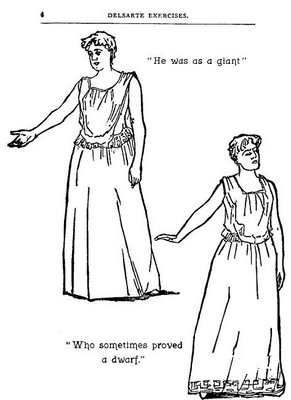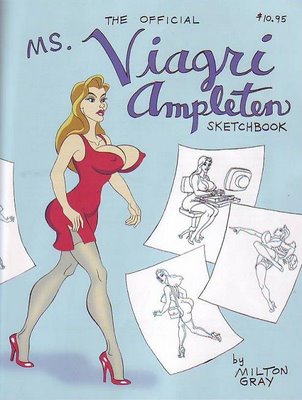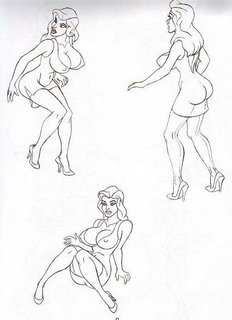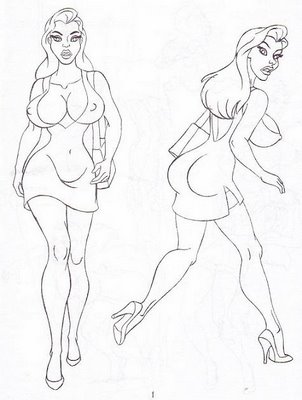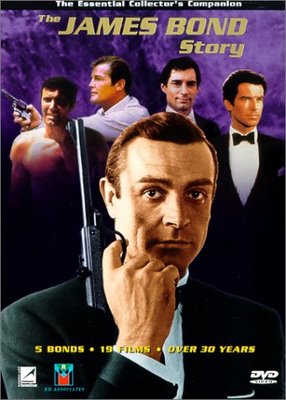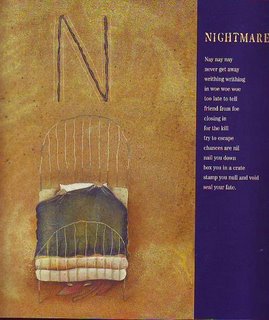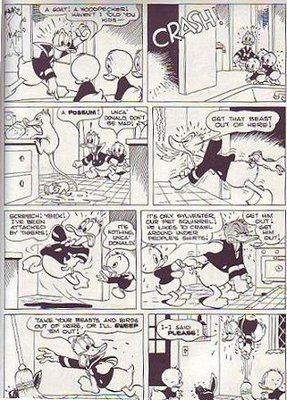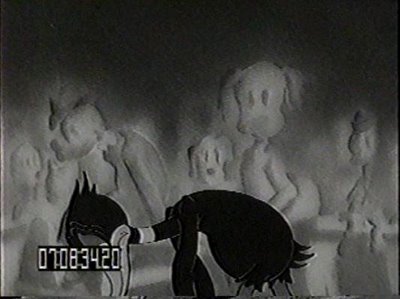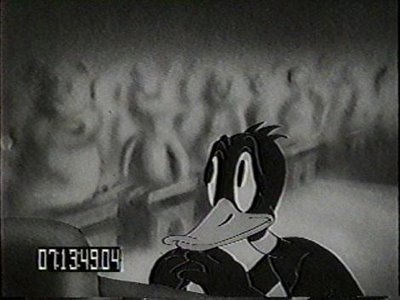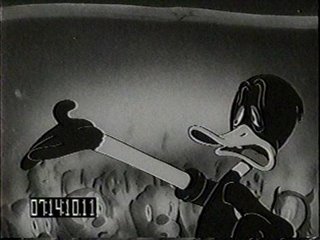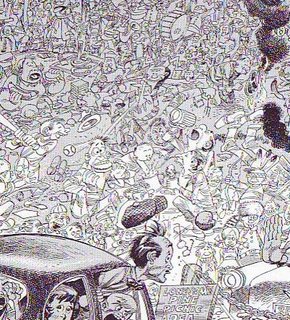
This is what I'm reading now: "Born to Kvetch" by Michael Wex. It's a book about Yiddish which has the distinction along with Jive of being one of the world's only deliberately funny languages. I've only just started it so I apologize in advance if I make any factual errors.
Yiddish is a deliberate corruption of German with a lot of slavic words thrown in. It's a relatively new language, only a few hundred years old. It began when German Jews decided to come up with their own version of German so their kids wouldn't be assimilated into what Jews considered an alien culture and religion. Yiddish isn't only different than German, it's a parody of it. It's also a parody of Christianity.
The language can get pretty insulting but the insults are so funny sometimes that it's hard to get mad about it. In that sense it's like Jive, the language that some urban American blacks speak. Jive isn't supposed to be understood by the white man. It's deliberately full of funny sexual and racial references that would put off white people, if they only understood it. It's a funny language that's meant to use humor to seperate black people from the mainstream. Jive is fast disappearing as is Yiddish. Now that Jews have Israel and blacks have their freedom the need for seperation is slowly disappearing. Israel officially discourages Yiddish, except for scholars who study it as an academic subject in the university.
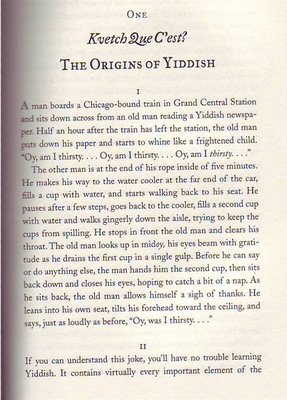
The title of the book mentions a Yiddish word, "kvetch." According to the writer all Yiddish speakers constantly complain (kvetch), whether there's anything to complain about or not. Yiddish-speaking Jews cultivated this to remind themselves that nothing will be right for them till they have a homeland of their own in Israel. The complaints are made tolerable by humor and it's no accident that Yiddish speakers helped to make America one of the funniest countries in the world. In Japan students of English sometimes study American jokes because it's believed that humorous speech is so widely used here that they'll be earmarked as foreigners if they don't make frequent jokes in the middle of a converstion.
I wish I had the energy to look up a few common Yiddish words to include here but I'm so sleepy that that I can barely finish typing this sentense. When I do learn some Yiddish words and phrases I want to move on to select Italian words and gestures. I also want to pick up some Jive. With all these funny linguistic treasures around us it seems foolish not to dabble.
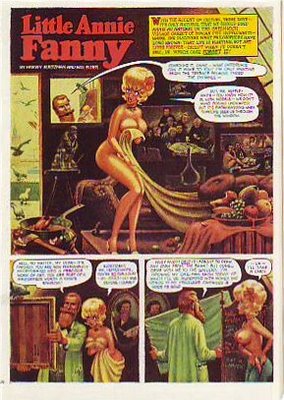 Here's (above) a Little Annie Fannie episode from September 1963. Attributed artists: Kurtzman, Will Elder and Russ Heath. I love the "dipped-in-strong-tea-and-burgundy" color scheme.
Here's (above) a Little Annie Fannie episode from September 1963. Attributed artists: Kurtzman, Will Elder and Russ Heath. I love the "dipped-in-strong-tea-and-burgundy" color scheme. 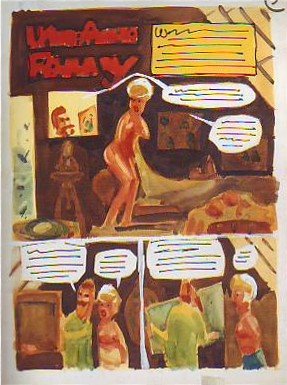 Here's a treat (above): Kurtzman's original watercolor painting of the same page! All the colors we associate with Annie Fannie are here: brown, yellow, orange, red, and green. I think I prefer this rough color scheme to the finished product which mutes the colors to make the word balloons pop better.
Here's a treat (above): Kurtzman's original watercolor painting of the same page! All the colors we associate with Annie Fannie are here: brown, yellow, orange, red, and green. I think I prefer this rough color scheme to the finished product which mutes the colors to make the word balloons pop better.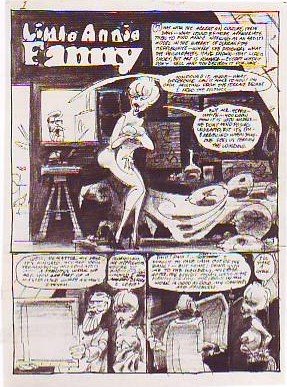 Here's (above) Kurtzman's original black and white value treatment. The first panel is a whole, self-contained art lesson in how to contrast values for maximum impact. Kurtzman's made me a believer in the idea that you should always take time to do a monochrome value treatment first.
Here's (above) Kurtzman's original black and white value treatment. The first panel is a whole, self-contained art lesson in how to contrast values for maximum impact. Kurtzman's made me a believer in the idea that you should always take time to do a monochrome value treatment first.

